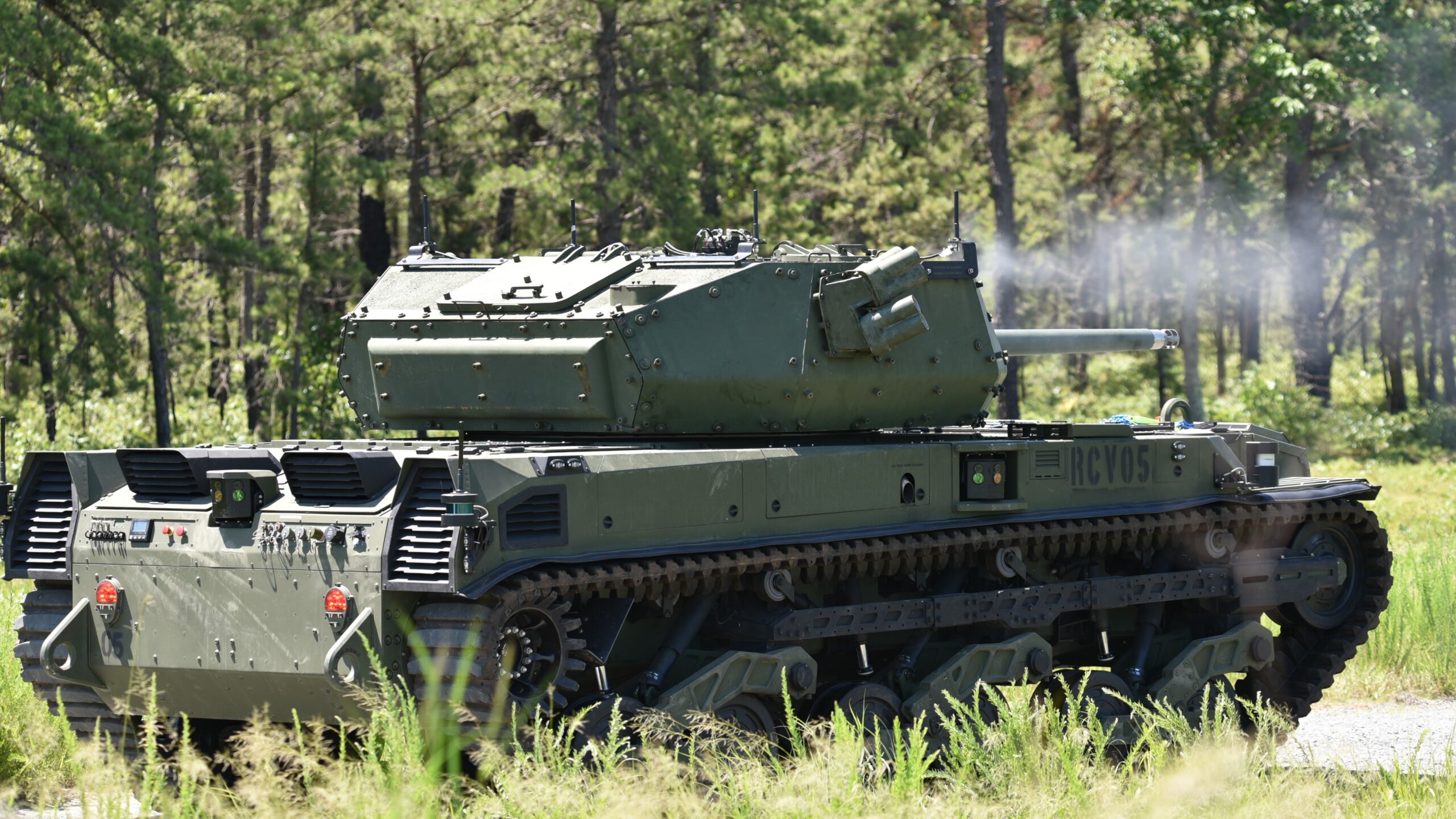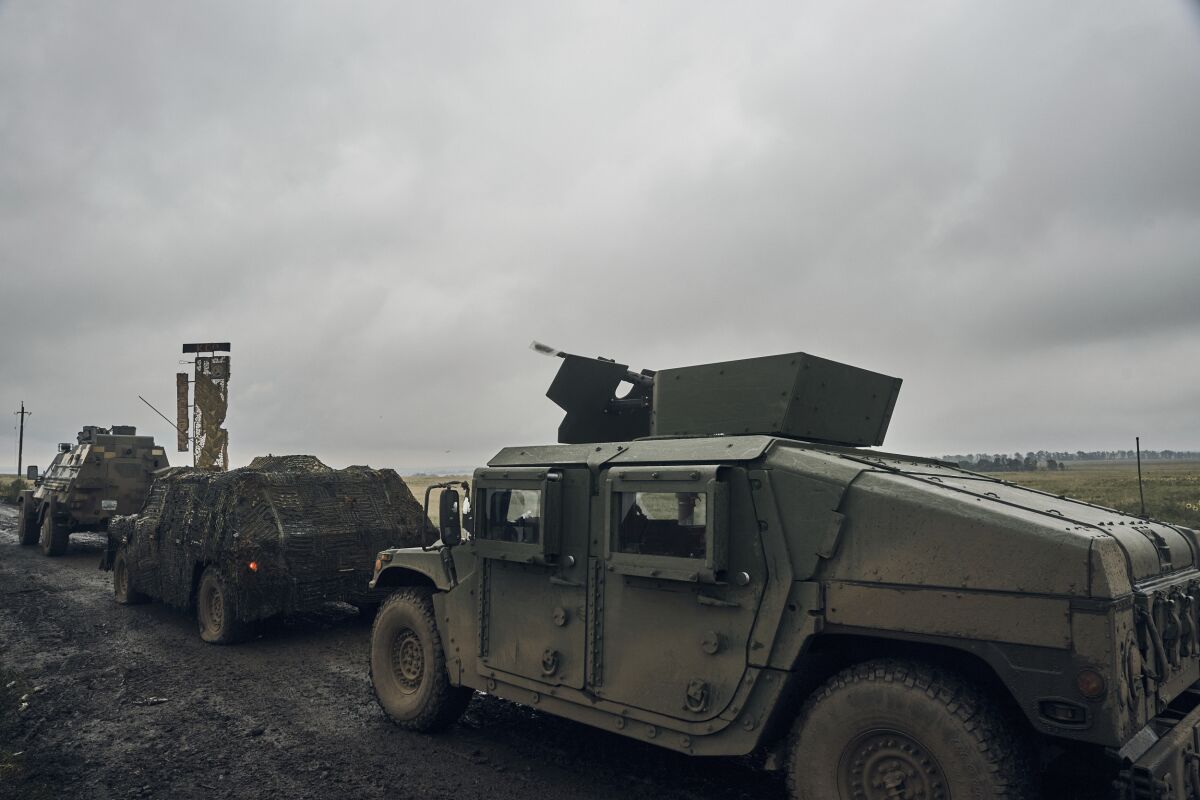Ukraine Military Vehicles - In one notorious incident early in the war, a 40-mile (64-kilometer) convoy of Russian tanks, armored vehicles, and towed artillery became stalled 19 miles (30 km) outside Kyiv, bogged down according to Britain's Ministry of Defense not only
by Ukrainian resistance but "mechanical breakdowns" too. "There have been a few cases when the vehicle has been attacked, but it has protected the soldiers and saved lives," Oleksii said, showing Insider a photo of a truck that was still able to drive after being hit by a Russian explosive.
Ukraine Military Vehicles

The Russian army's battalion tactical groups - those at the spearhead of its advances into Ukraine - normally have only one light and one heavy recovery vehicle, even in units featuring dozens of vehicles, Vershinin wrote last month for the US Military Academy's Modern War Institute.
How Are They Different From The Bradley?
This means combat vehicles sometimes need to be diverted to towing duties and sometimes broken down "vehicles need to be towed up to a hundred miles," wrote Vershinin. Telenko gives the example of loading artillery shells onto a truck.
A forklift can lift a pallet of two dozen shells in a single go, while manually lifting individual shells onto a truck would consume far more time and manpower. If trucks are not moved frequently the rubber in their tires becomes brittle and the tire walls vulnerable to cracks and tears.
Telenko says the problem is common when tires are run with low inflation to cope with the sort of muddy conditions that Russian forces are facing in the Ukrainian spring. Alongside Car4Ukraine teammate Ivan Karbashevskyi, Oleksii has also created War-Stop.com, an initiative that allows anyone worldwide to purchase supplies — ranging from first aid kits and thermal underwear to radios and binoculars — for the Ukrainian military.
The Strykers will be joined by 59 Bradley infantry fighting vehicles and other weapons as part of a $2.5 billion military aid package for Kyiv. Combined with the 50 Bradleys announced for Ukraine on Jan. 6, the package will give Kyiv the equivalent of two armored brigades' worth of vehicles, according to a statement emailed to reporters Thursday evening.

Information You Can Trust
"You want to have as good people maintaining logistics as you do for every other branch," says O'Brien, at the University of St Andrews. He adds, in reference to Russia's apparent struggles, "Were they in a shape for a logistics war or did they not just take it seriously?"
Strykers are less heavily armored than Bradleys. And at 20 to 23.5 tons they weigh far less than the Bradley, which can weigh as much as 40 tons, according to a 2016 report from the Congressional Research Service.
"Civilian trucks are not made to military grade. They're not made to carry the loads, they're not made to carry the specific pieces of equipment," and in many cases cannot even operate off roads, O'Brien says.
As such an expensive piece of equipment, he would have expected its maintenance to be first-rate. Yet its tires were crumbling just a few weeks into the war - what Telenko refers to as "a failure mode."
Why Were They Created?
Reuters, the news and media division of Thomson Reuters, is the world's largest multimedia news provider, reaching billions of people worldwide every day. Reuters provides business, financial, national and international news to professionals via desktop terminals, the world's media organizations, industry events and directly to consumers.
Telenko's view is that some of the effects are now being seen on the battlefield. He says money that should have been used for maintenance is "likely lining the pockets of officers in charge of the conscripts who would be servicing the trucks."

"The weapon isn't the tank, it's the shell the tank fires. That shell travels by a truck," Telenko points out. Food, fuel, medical supplies and even the soldiers themselves – the presence of all of these rest on logistical supply lines heavily reliant on trucks, he says.
And he has reason to believe there's a problem with those supply lines. U.S. Army leaders decided in the 1990s that the service needed a more mobile strike force that could go anywhere in the world in just four days.
The Netherlands
That meant they needed a vehicle that was well-armed and armored while still relatively lightweight and small enough to be carried by a C-130 cargo plane. Defense Minister Kajsa Ollongren said in January she was confident a solution would be found for supplying modern battle tanks to Ukraine but said the Netherlands, which leases Leopard 2 tanks from Germany, would need Berlin's green light before deciding whether to contribute.
About 25% of the Russian military's million troops are conscripts, according to the Center for Strategic and International Studies - although many experts believe that figure may be misleading, suspecting some of the non-conscript troops are either coerced or tricked into enlisting.
As the war between Ukraine and Russia has evolved into a more static battle between entrenched soldiers protected by belts of anti-tank land mines, the combination of Strykers with mine-rollers and additional demolition equipment for what the Pentagon referred to as "obstacle clearing"
indicates that the United States is providing Ukraine with specific capabilities intended to enable Kyiv's armed forces to break though Russian defenses. "We have evidence, even recent evidence, that they have been disillusioned by this war, weren't properly informed, weren't properly trained, weren't ready, not just physically but weren't ready mentally for what they were about to

How Will They Be Used In Ukraine?
do," the US official said. Below is a list of some of the vehicles governments have sent or have committed to send to Ukraine, based on sources such as Reuters reports and government websites. The amount of detail published by countries about their support varies.
"Corruption - in the form of embezzlement or bribery - can also lead to the purchase of substandard equipment, for example by giving the contract for equipment or maintenance to a less qualified supplier that is more willing to pay kickbacks.
Or the person in charge of allocating the maintenance or procurement budget can simply report spending the full budgeted amount on high quality products or services, but then purchase low quality substitutes and pocket the difference.
Telenko's theory has echoes of US World War II Gen. Omar Bradley's famous quote that "amateurs talk strategy, professionals talk logistics." And he is not the first to have detected a lack of professionalism in Russia's military, which includes hundreds of thousands of conscripts.
What Are They?
[1/2] A finished Senator APC is seen at vehicle manufacturer Roshel after Canada's defense minister announced the supply of 200 Senator armored personnel carriers to Ukraine, as part of a new package of military assistance, in Mississauga, Ontario, Canada January 19,
2023. REUTERS/Carlos Osorio Photographs of damaged Russian trucks, they say, show tell-tale signs of Moscow's logistical struggles and suggest its efforts are being undermined by its reliance on conscripts, widespread corruption and use of civilian vehicles – not to mention the huge distances involved in resupplying its forces

, or Ukraine's own highly-motivated, tactically-adept resistance. Last month, US Defense Secretary Lloyd Austin told CNN's Don Lemon that Russia had made "missteps" and "struggled with logistics," while on Saturday a senior US defense official said the Russians had still not solved "their logistics and sustainment problems" and would
be unable to reinforce their forces in eastern Ukraine "with any great speed." "Everything that an army needs to do its thing comes from a truck," says Trent Telenko, a former quality control auditor for the United States' Defense Contract Management Agency, who is among those parsing the images for clues as to how the war is
going Oleksii adds that his parents are still trapped in Russian-occupied Kherson. He describes the "new normal" as phone calls to his father to the background percussion of Russian shelling. "Everyone has their arms and legs" when asked if his family is safe.
Once the vehicles arrive at the team in Ukraine, they're retrofitted by volunteer mechanics and engineers who reinforce the body of the truck in to provide protection from mortar and shell fire and add a stand on the back of the vehicle for a machine gun or
Javelins, NLAWs, and Stingers anti-tank weapons. He told Insider they first searched for second-hand 4-wheel drive diesel trucks with 2.0l engines or more, priced around €5,500, roughly $5,821. The favored models include the Toyota Hilux/Tundra, Mitsubishi L200, Ford Ranger, Nissan Navara/KingCab, Isuzu D-Max, Mazda BT-50/Mazda B2500, and the Jeep Gladiator.
Yet that appears to be exactly the problem Russia's military is facing during its unprovoked invasion of Ukraine, according to experts analyzing battlefield images as its forces withdraw from areas near Kyiv to focus on the Donbas.

Switching between the two introduces a maintenance problem, as spare parts may not be compatible. And, as O'Brien points out, "You don't want to have to get a new truck every time an old one breaks down."
AMX 10-RC: an armored combat vehicle with a similar profile to a tank but with wheels rather than tracks and often described as a tank destroyer. Paris said in January would send an unspecified number in two months.
For instance, says Alex Lord, Europe and Eurasia analyst at the Sibylline strategic analysis firm in London, Russia's military has historically relied on its large manpower reserves to handle logistics, rather than mechanized systems using wooden pallets and forklifts.
Strykers were initially built with flat-bottomed hulls, which proved vulnerable to improvised bombs set to detonate underneath them by insurgents in Iraq. In response, the Army phased those vehicles out with newer Strykers fitted with a V-shaped bottom similar to those used on Mine-Resistant Ambush-Protected Vehicles, which are also called MRAPs.
The Pentagon's announcement Thursday said that the 90 Strykers would also be provided with 20 mine-rollers — wheeled sleds that are designed to be heavy enough to trigger anti-vehicle land mines and are pushed ahead of armored vehicles in the hopes of clearing safe paths through
minefields.